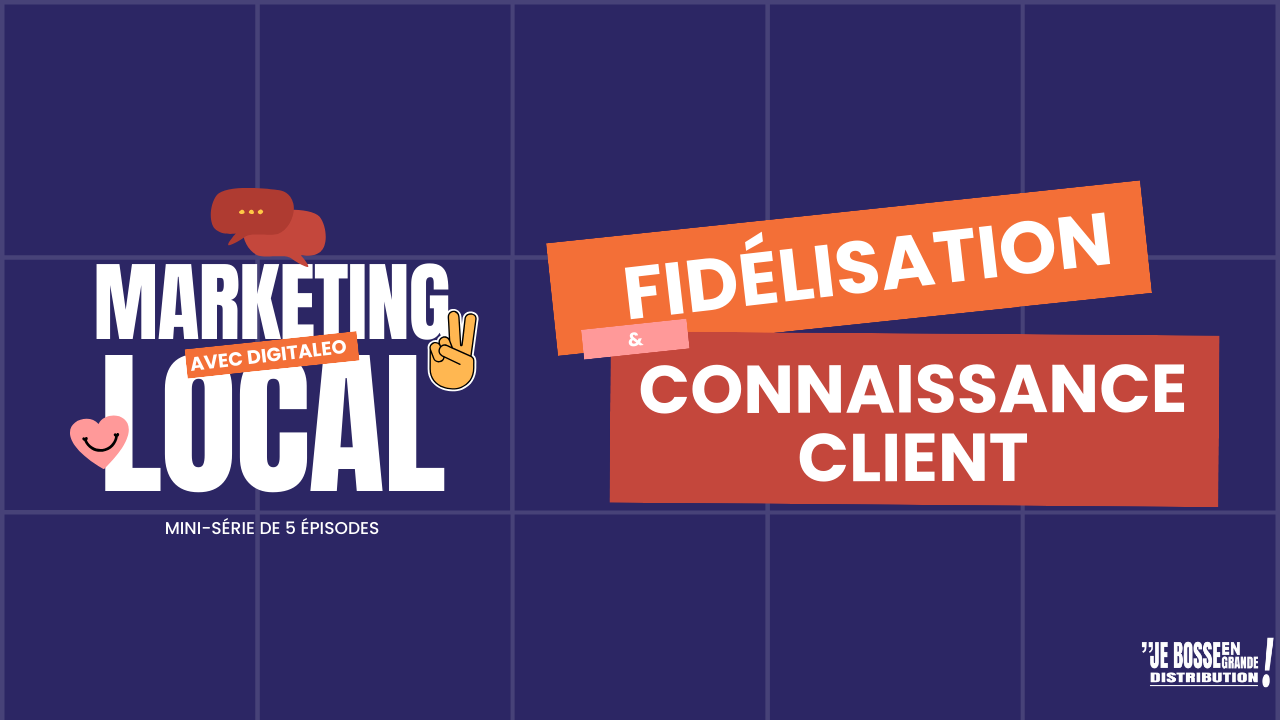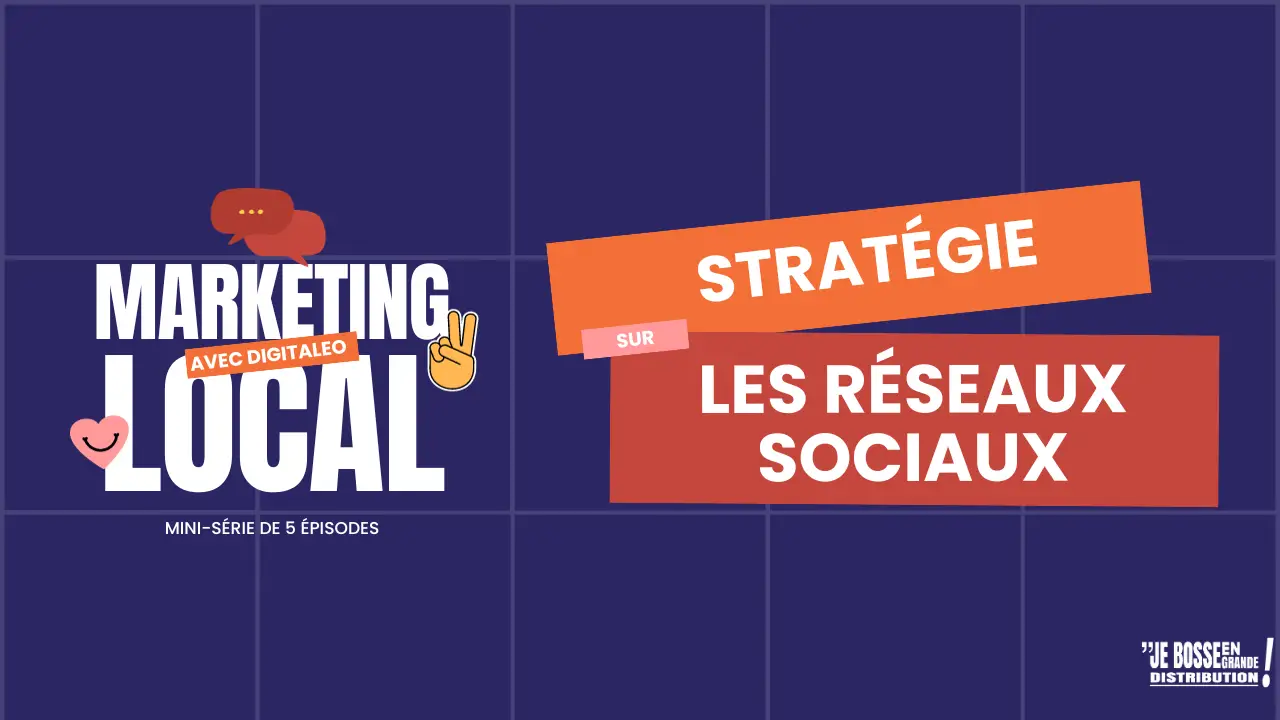In a world that is slowly moving towards everything digital (but does not question the end of the prospectus), social networks occupy an important place, to the point of appearing as a cornerstone local visibility of businesses. Small businesses, hypermarkets, shopping centers, retail chains, presence on Facebook, etc. appears to be essential in enhancing brand preference and finally stimulate sales.
In this podcast, Martin Briantais introduces us to what we need to understand make good use of social networks at the point of sale level.
General things to remember from this podcast:
Social networks primarily contribute to the development of brand preference
first thing social media is an asset that allows outlets to be their own local media : “The content, the commitment, that’s what will create brand preference “, explains Martin here. This of course applies to the content, but also to the company’s ability to create proximity and connection: “these are the first steps that can influence store visits or even purchases”, adds our expert on this. podcast, “at this moment T, the customer won’t have a need, but the day they have one, they will naturally think about it. Apart from the presence, it is a brand preference.”
Development of local sites in the national communication strategy
L’using Facebook pages in their local dimension, they appeared around 2016-2018. Since then, they’ve been giving brands a hard time: “historically, seats have always been a bit too resistant to this concept of local communication”. Usage arose from point-of-sale initiatives that “wanted to communicate and did so independently.”
With regard to it regarding to it, local communication increased, and the energy used by points of sale left little choice for brands to provide more autonomy: “This local energy must be used, but it must always be in line with the brand charter,” he explains here.
This decentralization of communication it must be intelligently linked between the head office and the sales points: “you have to see it as a collaboration”, Martin explains, “we see companies where the head office will be the source of proposals with national expressions, then it’s up to the local to pass it on, to adapt” when renewing local communication codes by adding people for example. “It is important for the company to offer resources to maximize the autonomy of the point of sale,” he adds.
Facebook, Instagram and LinkedIn, the three priority networks for businesses
Faced with the plethora of platforms out there, it’s easy to be tempted by a social media presence. However, one of the keys to local marketing strategies first of all, it is necessary to carefully select the platforms on which we will communicate: “for me, without a doubt, Facebook, Instagram and LinkedIn (…), they are the most coherent to achieve the goals,” admits our guest, “of course there are challengers like TikTok” , but this remains of little relevance at the moment, especially on the issue of local communication “even if it tends to refer locally”
Frequency, formats: here are some best practices
First tip: social media presence should not be improvised. Being present for the sake of being present isn’t enough to get visibility, but it does necessarily require content creation: “at least you have to make two posts a week, that’s really the bare minimum,” admits Martin.
Second tip: the challenge then lies in the balance of his expressions. “We can’t just advertise on the networks. I recommend 30% promotional content, 30% sharing anecdotes, opinions and 30% challenging your community.” Of course this applies to launch pages, this balance can evolve depending on a business’s affinity for content creation and its ability to create creative content.
Third tip: faced with the variety of formats such as photos, videos, reels, stories, it is also appropriate to “vary as much as possible according to available means”she smiles.
Fourth tip: social networks require authenticity. For example, for authenticity, it is necessary to “immerse Internet users in the daily life of the point of sale and show behind the scenes”. This step is crucial. Internet users—and algorithms, for that matter—hate content that’s too generic.
Fifth tip: engage teams. For stores that achieve this, “we feel a real gain in maturity, independence and increased skills (), for employees to be able to feel proactive in the communication of the store and in its influence is a really positive point,” acknowledges Marc .
For organic strategyTHE Facebook ads are becoming more and more important (we’ll talk about that in the fourth episode of this miniseries). ” Sponsorit’s an advantage to reach a qualified audience that isn’t necessarily part of their community,” Martin explains here, “the goal is really to reach a broader audience that still fits the criteria that has an affinity for the typical population that can be found in their community.” Sponsored campaigns to complement what we can do organically.”
To listen to a preview of the episode on Meta Ads, click here.
💡
Local Marketing: 6 Key Questions About Local SEO and Presence Management
The first part of the audio/video miniseries on Local Marketing.
Local marketing: the basic levers of customer loyalty
The second episode of our local marketing mini-series. We are talking about customer loyalty and knowledge.


